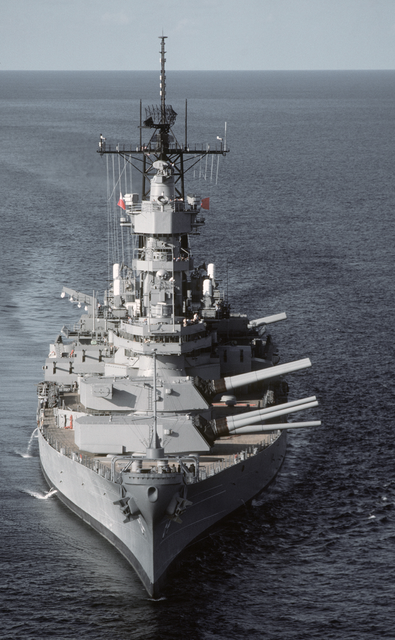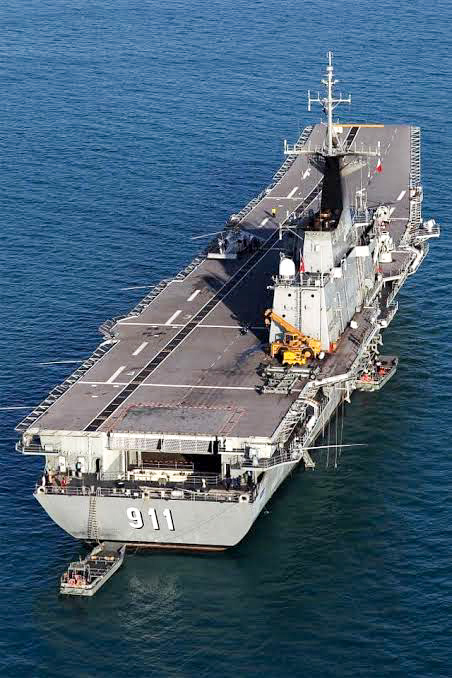- Jul 12, 2018
- 9,336
*This page was updated 1/16/2024. All ships in this post, except for those in DESTROYER SQUADRON TWO and SUBRON 4, are no longer part of this deployment and have been moved to Operation Gold Paladin.
DETAILS
DETAILS
Marines - (All per soldier) Well rested and fed;
Apparel: x1 Enhanced Combat Helmet, x1 cold-weather combat uniform, x1 warm-weather combat uniform, x1 Full Spectrum Battle Equipment Amphibious Assault Vest, x1 part of Marine Combat boots; x1 The Individual First Aid Kit;
Weapons: x1 M4A1 5.56mm Carbine (x1 30-round magazine loaded; x7 additional 30-round magazines); x1 Beretta M9A1 (x1 15-round magazine loaded; x2 additional 15-round magazines); x1 OKC-3S bayonet.
Maine Pilots - x1 Combat uniform; x1 Flight Uniform; x1 Beretta M9 + 4 additional clips.
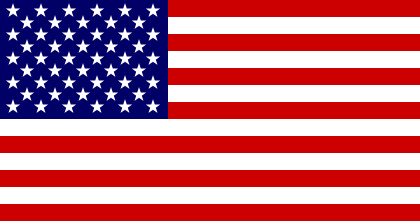
|
OPERATION BLUE PALADIN |
SECRET |
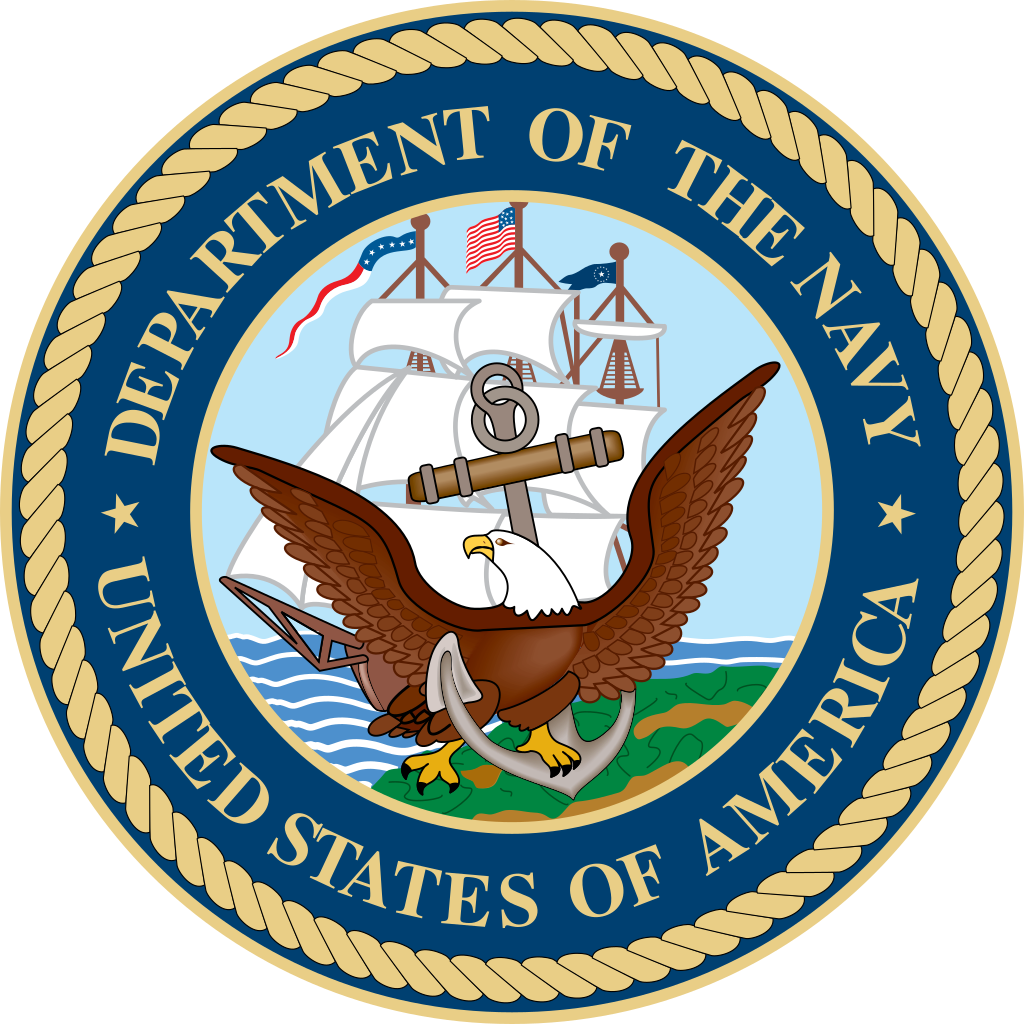
| 
NAVY DEPLOYMENT | 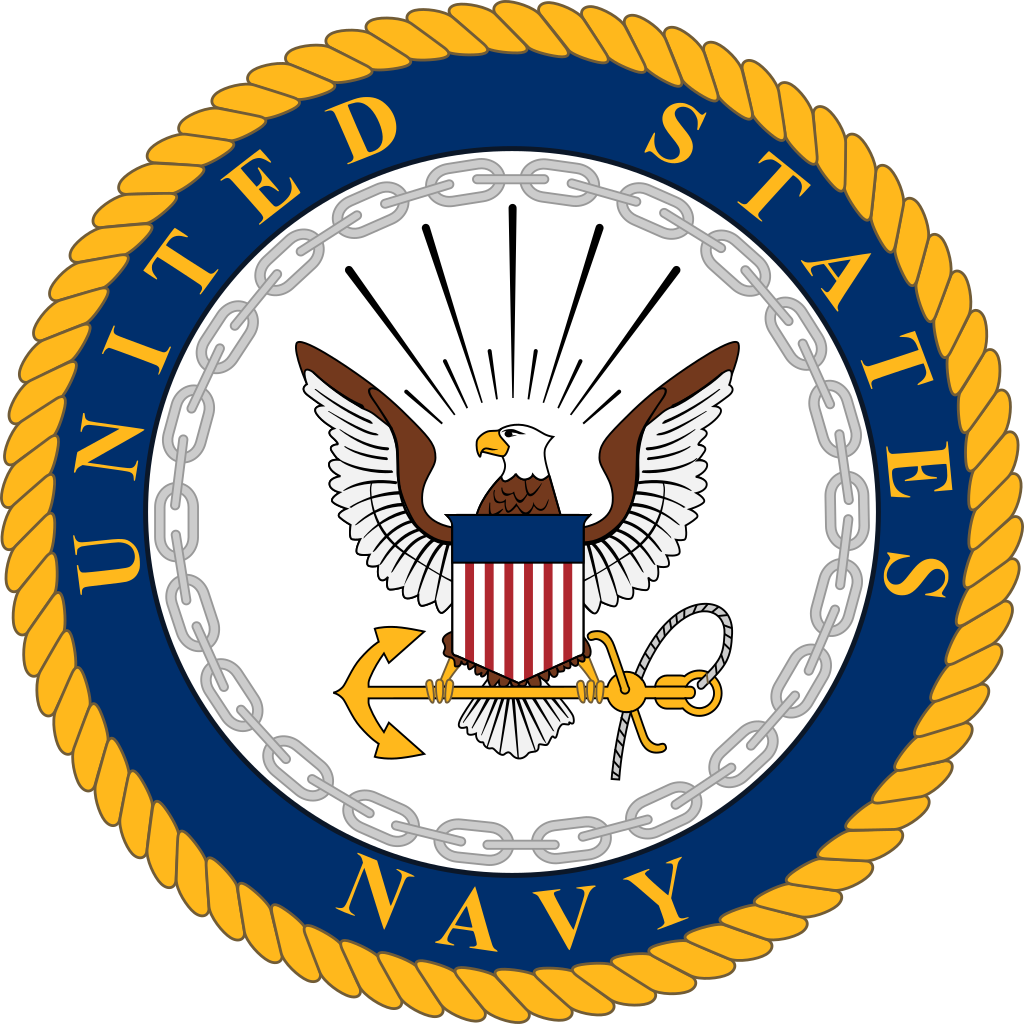
|
|
TASK FORCE 107
Rear Admiral Edmund J. Nelson
Rear Admiral Edmund J. Nelson
CARRIER STRIKE GROUP ONE
Rear Admiral Edmund J. Nelson
Rear Admiral Edmund J. Nelson
| Ship Class | Vessel | Compliment | Home Port |
| Enterprise-class Aircraft Carrier | USS Enterprise | Total: 4800 / Compliment: 3000 / Pilots: 250 / Air Wing: 1550 | Naval Support Activity Hampton Roads, Virginia |
| Ticonderoga-class Guided Missile Cruiser | USS Ticonderoga | 330 | Naval Support Activity Hampton Roads, Virginia |
| Ticonderoga-class Guided Missile Cruiser | USS Yorktown | 330 | Naval Support Activity Hampton Roads, Virginia |
| Ticonderoga-class Guided Missile Cruiser | USS Vincennes | 330 | Naval Support Activity Hampton Roads, Virginia |
| Arleigh Burke-class Guided Missile Destroyer | USS Jeff Sessions | 323 | Naval Support Activity Hampton Roads, Virginia |
| Arleigh Burke-class Guided Missile Destroyer | USS Richard Shelby | 323 | Naval Support Activity Hampton Roads, Virginia |
| Arleigh Burke-class Guided Missile Destroyer | USS Ted Stevens | 323 | Naval Support Activity Hampton Roads, Virginia |
| Arleigh Burke-class Guided Missile Destroyer | USS Frank Murkowski | 323 | Naval Support Activity Hampton Roads, Virginia |
| Arleigh Burke-class Guided Missile Destroyer | USS Jon Kyl | 323 | Naval Support Activity Hampton Roads, Virginia |
| Celestial-class Frigate | USS Celestial | 140 | Naval Support Activity Hampton Roads, Virginia |
| Celestial-class Frigate | USS John Adams | 140 | Naval Support Activity Hampton Roads, Virginia |
| Supply-class Support Ship | USNS Supply | 600 | Naval Support Activity Hampton Roads, Virginia |
| Supply-class Support Ship | USNS Rainer | 600 | Naval Support Activity Hampton Roads, Virginia |
| Henry J. Kaiser-class Replenishment Oiler | USNS Henry J. Kaiser | 113 | Naval Support Activity Hampton Roads, Virginia |
| Henry J. Kaiser-class Replenishment Oiler | USNS Joshua Humphreys | 113 | Naval Support Activity Hampton Roads, Virginia |
CARRIER AIR WING THREE
Captain Patrick Smith
Captain Patrick Smith
| Squadron | Aircraft | Number of Aircraft | Personnel | Garrison |
| Fighter Attack Squadron 101 (VFA-101) | F/A-18F Super Hornet | 12 | 24 Pilots | Naval Air Station Oceana, Virginia |
| Fighter Attack Squadron 102 (VFA-102) | F/A-18F Super Hornet | 12 | 24 Pilots | Naval Air Station Oceana, Virginia |
| Fighter Attack Squadron 103 (VFA-103) | F/A-18F Super Hornet | 12 | 24 Pilots | Naval Air Station Oceana, Virginia |
| Fighter Attack Squadron 104 (VFA-104) | F/A-18F Super Hornet | 12 | 24 Pilots | Naval Air Station Oceana, Virginia |
| Marine Fighter Attack Squadron 201 | F/A-18F Super Hornet | 12 | 24 Pilots | Naval Air Station Oceana, Virginia |
| Electronic Attack Squadron 301 (VAQ-301) | EA-18G Growler | 12 | 24 Pilots | Naval Air Station Oceana, Virginia |
| Carrier Airborne Early Warning Squadron 401 (VAW-401) | E-2C Hawkeye | 4 | 20 Pilots | Naval Station Norfolk Chambers Field, Virginia |
| Fleet Logistics Support Squadron 501 (VRC-501) | C-2 Greyhound | 2 | 4 Pilots | 4 Crew | Naval Station Norfolk Chambers Field, Virginia |
BATTLE GROUP GOLD
Rear Admiral John Frost
Rear Admiral John Frost
| Ship Class | Vessel | Compliment | Home Port |
| Iowa-class Battleship | USS Missouri | 1,800 | Naval Support Activity Hampton Roads, Virginia |
| Iowa-class Battleship | USS Wisconsin | 1,800 | Naval Support Activity Hampton Roads, Virginia |
| Wasp-class Amphibious Assault Ship | USS Wasp | 1,070 | Naval Support Activity Hampton Roads, Virginia |
| Spruance-class Destroyer | USS Fletcher | 329 | Naval Support Activity Hampton Roads, Virginia |
| Spruance-class Destroyer | USS Hayler | 329 | Naval Support Activity Hampton Roads, Virginia |
| Spruance-class Destroyer | USS Wright | 329 | Naval Support Activity Hampton Roads, Virginia |
DESTROYER SQUADRON TWO
Captain Paul Gibson
Captain Paul Gibson
| Ship Class | Vessel | Compliment | Home Port |
| Arleigh Burke-class Guided Missile Destroyer | USS Arleigh Burke | 323 | Naval Station Newport, Rhode Island |
| Arleigh Burke-class Guided Missile Destroyer | USS Barry | 323 | Naval Station Newport, Rhode Island |
| Arleigh Burke-class Guided Missile Destroyer | USS John Paul Jones | 323 | Naval Station Newport, Rhode Island |
| Arleigh Burke-class Guided Missile Destroyer | USS Daniel Inouye | 323 | Naval Station Newport, Rhode Island |
| Arleigh Burke-class Guided Missile Destroyer | USS Daniel Akaka | 323 | Naval Station Newport, Rhode Island |
SUBMARINE SQUADRON 4
Captain Ragnar Hansen
Captain Ragnar Hansen
| Ship Class | Vessel | Compliment | Home Port |
| Los Angeles-class Submarine | USS Miami | 110 | Naval Submarine Base Kings Bay, Georgia |
| Los Angeles-class Submarine | USS Scranton | 110 | Naval Submarine Base Kings Bay, Georgia |
| Los Angeles-class Submarine | USS Alexandria | 110 | Naval Submarine Base Kings Bay, Georgia |
| Los Angeles-class Submarine | USS Asheville | 110 | Naval Submarine Base Kings Bay, Georgia |
SUBMARINE SQUADRON 6
Captain Andrew Garnier
Captain Andrew Garnier
| Ship Class | Vessel | Compliment | Home Port |
| Virginia-class Submarine | USS Florida | 135 | Naval Submarine Base New London, Connecticut |
| Virginia-class Submarine | USS Texas | 135 | Naval Submarine Base New London, Connecticut |
| Virginia-class Submarine | USS Hawaii | 135 | Naval Submarine Base New London, Connecticut |
| Virginia-class Submarine | USS North Carolina | 135 | Naval Submarine Base New London, Connecticut |
DETAILS
Nimitz-class - Fully Fueled; Aviation reserves fully fueled; Non-perishable and perishable food/water for 3 month journey; Standard armaments including: x3 NATO Sea Sparrow Launchers (x8 RIM-7 Sea Sparrow loaded in each); x4 Phalanx CIWS; x2 RAM launchers (x21 missiles); Standard countermeasures/decoys; Onboard: x500 M4A1 Carbine and associated ammo and x500 M1911 and associated ammo in barracks;
Aircraft: x60 Boeing F/A-18E/F Super Hornet and all of their necessary armaments and equipment; x12 EA-18G Growler; x8 MH-60S; x5 Northrop Grumman E-2D Hawkeye; x2 C-25 Greyhound.
Iowa-class - Fully Fueled; Non-perishable food/water for 3 month journey; x400 M4A1 Carbine and associated ammo and x400 M1911 and associated ammo in barracks;
Countermeasures: AN/SLQ-32, AN/SLQ-32, x8 Mark 36 SRBOC Super Rapid Bloom Offboard Chaff Rocket Launchers; x4 RHIBs;
Armaments: x9 16 in (406 mm)/50 cal Mark 7 guns, x12 5 in (127 mm)/38 cal Mark 12 guns (all normal reserves of ammunitions), x8 Mk 143 Armored Box Launcher mounts (For 32 Tomahawks), x4 Mk 141 quad cell launchers (For 16 RGM-84 Harpoon anti-ship missiles), x4 20 mm/76 cal Phalanx CIWS;
Aircraft: x1 Sikorsky MH-60S.
Wasp-class - Fully Fueled; Non-perishable and perishable food/water for 4 month journey; complete storage of usable fuel for all conventionally-powered vessels for 6 month journey; complete storage of aviation fuel for all aircraft in the fleet for 6 month deployment;
Armament: x2 RIM-116 Rolling Airframe Missile launchers; x2 RIM-7 Sea Sparrow missile launchers; x3 20 mm Phalanx CIWS systems; x4 25 mm Mk 38 chain guns; x4 .50 BMG machine guns; x100 M4A1 Carbine and associated ammo and x100 M1911 and associated ammo in barracks; x4 RHIBs;
Aircraft: x20 MV-22B Osprey; x6 MH-60M Black Hawk;
Landing Craft: x3 Landing Craft Air Cushion;
Troops: 1173 Marines.
Ticonderoga-class - Fully Fueled; Non-perishable and perishable food/water for 3 month journey; x8 RGM-84 Harpoon missiles; x2 5 in 62 caliber Mark 45 Mod 4 lightweight gun; x2 25 mm (0.98 in) Mk 38 gun; x4 .50 in (12.7 mm) cal. machine gun; x2 Phalanx CIWS Block 1B; x2 Mk 32 12.75 in (324 mm) triple torpedo tubes (standard reserve of Mk 54 torpedoes); Onboard: x30 M4A1 Carbine and associated ammo and x30 M1911 and associated ammo in barracks;
x2 61 cell Mk 41 vertical launch systems containing: x5 RUM-139C (Mrk 54 Torpedo); x244 (Quad packed) RIM-162A ESSM; x40 RIM-161B (SM-3 block IA); x16 RGM/UGM-109B Tomahawk Anti-Ship Missile;
Countermeasures/decoys: Mark 36 SRBOC; AN/SLQ-25 Nixie;
Aircraft: x2 Sikorsky MH-60S;
Boats: x1 RHIB.
Arleigh Burke-class (Flight IIA) - Fully Fueled; Non-perishable and perishable food/water for 3 month journey; x1 5-inch (127 mm)/62 Mk. 45 Mod 4 (lightweight gun); x2 20 mm Phalanx CIWS; x2 25 mm M242 Bushmaster chain gun; x2 Mk 141 Harpoon Anti-Ship Missile Launcher (x8 Harpoon missiles each); x2 Mark 32 triple torpedo tubes: x1 per tube + full standard storage of Mark 54 torpedoes on ship; Onboard: x150 M4A1 Carbine and associated ammo and x150 M1911 and associated ammo in barracks.
96-cell Mk 41 VLS: x10 RUM-139C (Mrk 54 Torpedo); x32 (Quad packed) RIM-162A ESSM; x5 RIM-161B (SM-3 block IA); x48 RGM/UGM-109E Tomahawk Land Attack Missile; x25 RGM/UGM-109B Tomahawk Anti-Ship Missile;
Countermeasures/decoys: AN/SLQ-32(V)2 Electronic Warfare System; AN/SLQ-25 Nixie Torpedo Countermeasures; MK 36 MOD 12 Decoy Launching System; MK 53 Nulka Decoy Launching System; AN/SLQ-39 CHAFF Buoys;
Aircraft: x2 Sikorsky MH-60S;
Boats: x1 RHIB.
Spruance-class - Fully Fueled; Non-perishable food/water for 4 month journey; complete storage of usable fuel for all conventionally-powered vessels for 6 month journey; complete storage of aviation fuel for all aircraft in the fleet for 6 month deployment; x100 M4A1 Carbine and associated ammo and x100 M1911 and associated ammo in barracks; x2 RHIBs;
Armament: x2 5 in 54 caliber Mark 45 dual purpose guns; x2 20 mm Phalanx CIWS Mark 15 guns; x1 8 cell NATO Sea Sparrow Mark 29 missile launcher; x2 quadruple Harpoon missile canisters; x2 Mark 32 triple 12.75 in torpedo tubes (standard reserve of Mk 46 torpedoes); x1 21 cell RIM-116 Rolling Airframe Missile; Onboard: x30 M4A1 Carbine and associated ammo and x30 M1911 and associated ammo in barracks; x1 61 cell Mk 41 VLS: x61 RGM/UGM-109E Tomahawk Land Attack Missile;
Aircraft: x2 Sikorsky MH-60S.
Celestial-class Cutter - Fully Fueled; Aviation reserves fully fueled; Non-perishable food/water for 2 month journey; Well-rested, fed, and uniformed crew;
32-cell Mk 41 VLS: x5 RUM-139C (Mrk 54 Torpedo); x36 (Quad packed) RIM-162A ESSM; x3 RGM/UGM-109E Tomahawk Land Attack Missile; x15 RGM/UGM-109B Tomahawk Anti-Ship Missile;
Standard armaments including: x2 Mk 141 canister Harpoon missile launcher (x8 missiles); x1 Mk 32 triple torpedo launcher + 10 Mark 50 torpedoes stored; x2 Mk44 Bushmaster II 30-mm chain guns; x1 SeaRAM CIWS; x1 Mk 110 57mm gun; x4 crew-served .50 caliber Browning M2 machine guns; x2 crew-served M240B 7.62 mm machine guns;
Decoys: x2 Mk 36 SRBOC chaff rapid decoy launchers;
Compliment: 140 sailors;
Barracks: x100 Sig Sauer P229 DAK 9mm w/ Night Sights and x200 loaded magazines; x100 M4 Carbine and x300 loaded magazines; x10 M870P 12-gauge and x300 12-gauge shotgun shells.
Aircraft: x2 Sikorsky MH-60S;
Boats: x2 RHIB (each with mounted .50 cal Machine Gun).
Supply-class - Fully Fueled; Fully-stocked with non-perishable and perishable food/water for 6 month journey of the entire fleet (on top of the resources the respective ships already have); complete storage of usable fuel for aforementioned vessels; complete storage of aviation fuel for aforementioned aircraft; x2 Sikorsky MH-60S; Onboard: x100 M4A1 Carbine and associated ammo and x100 M1911 and associated ammo in barracks;
Boats: x1 RHIB.
Henry J. Kaiser-class Replenishment Oiler - Fully Fueled; Fully-stocked with non-perishable and perishable food/water for 6 month journey; complete storage of usable fuel for all conventionally-powered vessels for 6 month journey; complete storage of aviation fuel for all aircraft in the fleet for 6 month deployment; Onboard: x60 M4A1 Carbine and associated ammo and x60 M1911 and associated ammo in barracks;
Boats: x1 RHIB.
Virginia-class - Fully Fueled; x135 crew; Crew fully rested and x3 pairs of uniforms each; Non-perishable food for 70 day journey; All necessary maps (terranean and deep-sea topographic maps) and other necessary standard on-board equipment, material, and supplies; x30 Beretta M9 and x90 fully loaded Beretta M9 magazines (located behind lock and key in on-board barracks); x12 VLS tubes: x12 BGM-109C Tomahawk Land Attack Missile; x4 533 mm torpedo tubes: x25 Mk-48 torpedoes, x9 UGM-84 Harpoon missiles; Full load of Acoustic Device Countermeasure Mk 3/4; All sonars.
Los Angeles-class - Fully Fueled; Non-perishable food/water for 3 month journey; x12 VLS tubes + x12 RGM/UGM-109E Tomahawk Land Attack Missile, x4 533 mm torpedo tubes + 13 Mk-48 torpedoes; Onboard: x80 M4A1 Carbine and associated ammo and x80 M1911 and associated ammo in barracks.
Aircraft: x60 Boeing F/A-18E/F Super Hornet and all of their necessary armaments and equipment; x12 EA-18G Growler; x8 MH-60S; x5 Northrop Grumman E-2D Hawkeye; x2 C-25 Greyhound.
Iowa-class - Fully Fueled; Non-perishable food/water for 3 month journey; x400 M4A1 Carbine and associated ammo and x400 M1911 and associated ammo in barracks;
Countermeasures: AN/SLQ-32, AN/SLQ-32, x8 Mark 36 SRBOC Super Rapid Bloom Offboard Chaff Rocket Launchers; x4 RHIBs;
Armaments: x9 16 in (406 mm)/50 cal Mark 7 guns, x12 5 in (127 mm)/38 cal Mark 12 guns (all normal reserves of ammunitions), x8 Mk 143 Armored Box Launcher mounts (For 32 Tomahawks), x4 Mk 141 quad cell launchers (For 16 RGM-84 Harpoon anti-ship missiles), x4 20 mm/76 cal Phalanx CIWS;
Aircraft: x1 Sikorsky MH-60S.
Wasp-class - Fully Fueled; Non-perishable and perishable food/water for 4 month journey; complete storage of usable fuel for all conventionally-powered vessels for 6 month journey; complete storage of aviation fuel for all aircraft in the fleet for 6 month deployment;
Armament: x2 RIM-116 Rolling Airframe Missile launchers; x2 RIM-7 Sea Sparrow missile launchers; x3 20 mm Phalanx CIWS systems; x4 25 mm Mk 38 chain guns; x4 .50 BMG machine guns; x100 M4A1 Carbine and associated ammo and x100 M1911 and associated ammo in barracks; x4 RHIBs;
Aircraft: x20 MV-22B Osprey; x6 MH-60M Black Hawk;
Landing Craft: x3 Landing Craft Air Cushion;
Troops: 1173 Marines.
Ticonderoga-class - Fully Fueled; Non-perishable and perishable food/water for 3 month journey; x8 RGM-84 Harpoon missiles; x2 5 in 62 caliber Mark 45 Mod 4 lightweight gun; x2 25 mm (0.98 in) Mk 38 gun; x4 .50 in (12.7 mm) cal. machine gun; x2 Phalanx CIWS Block 1B; x2 Mk 32 12.75 in (324 mm) triple torpedo tubes (standard reserve of Mk 54 torpedoes); Onboard: x30 M4A1 Carbine and associated ammo and x30 M1911 and associated ammo in barracks;
x2 61 cell Mk 41 vertical launch systems containing: x5 RUM-139C (Mrk 54 Torpedo); x244 (Quad packed) RIM-162A ESSM; x40 RIM-161B (SM-3 block IA); x16 RGM/UGM-109B Tomahawk Anti-Ship Missile;
Countermeasures/decoys: Mark 36 SRBOC; AN/SLQ-25 Nixie;
Aircraft: x2 Sikorsky MH-60S;
Boats: x1 RHIB.
Arleigh Burke-class (Flight IIA) - Fully Fueled; Non-perishable and perishable food/water for 3 month journey; x1 5-inch (127 mm)/62 Mk. 45 Mod 4 (lightweight gun); x2 20 mm Phalanx CIWS; x2 25 mm M242 Bushmaster chain gun; x2 Mk 141 Harpoon Anti-Ship Missile Launcher (x8 Harpoon missiles each); x2 Mark 32 triple torpedo tubes: x1 per tube + full standard storage of Mark 54 torpedoes on ship; Onboard: x150 M4A1 Carbine and associated ammo and x150 M1911 and associated ammo in barracks.
96-cell Mk 41 VLS: x10 RUM-139C (Mrk 54 Torpedo); x32 (Quad packed) RIM-162A ESSM; x5 RIM-161B (SM-3 block IA); x48 RGM/UGM-109E Tomahawk Land Attack Missile; x25 RGM/UGM-109B Tomahawk Anti-Ship Missile;
Countermeasures/decoys: AN/SLQ-32(V)2 Electronic Warfare System; AN/SLQ-25 Nixie Torpedo Countermeasures; MK 36 MOD 12 Decoy Launching System; MK 53 Nulka Decoy Launching System; AN/SLQ-39 CHAFF Buoys;
Aircraft: x2 Sikorsky MH-60S;
Boats: x1 RHIB.
Spruance-class - Fully Fueled; Non-perishable food/water for 4 month journey; complete storage of usable fuel for all conventionally-powered vessels for 6 month journey; complete storage of aviation fuel for all aircraft in the fleet for 6 month deployment; x100 M4A1 Carbine and associated ammo and x100 M1911 and associated ammo in barracks; x2 RHIBs;
Armament: x2 5 in 54 caliber Mark 45 dual purpose guns; x2 20 mm Phalanx CIWS Mark 15 guns; x1 8 cell NATO Sea Sparrow Mark 29 missile launcher; x2 quadruple Harpoon missile canisters; x2 Mark 32 triple 12.75 in torpedo tubes (standard reserve of Mk 46 torpedoes); x1 21 cell RIM-116 Rolling Airframe Missile; Onboard: x30 M4A1 Carbine and associated ammo and x30 M1911 and associated ammo in barracks; x1 61 cell Mk 41 VLS: x61 RGM/UGM-109E Tomahawk Land Attack Missile;
Aircraft: x2 Sikorsky MH-60S.
Celestial-class Cutter - Fully Fueled; Aviation reserves fully fueled; Non-perishable food/water for 2 month journey; Well-rested, fed, and uniformed crew;
32-cell Mk 41 VLS: x5 RUM-139C (Mrk 54 Torpedo); x36 (Quad packed) RIM-162A ESSM; x3 RGM/UGM-109E Tomahawk Land Attack Missile; x15 RGM/UGM-109B Tomahawk Anti-Ship Missile;
Standard armaments including: x2 Mk 141 canister Harpoon missile launcher (x8 missiles); x1 Mk 32 triple torpedo launcher + 10 Mark 50 torpedoes stored; x2 Mk44 Bushmaster II 30-mm chain guns; x1 SeaRAM CIWS; x1 Mk 110 57mm gun; x4 crew-served .50 caliber Browning M2 machine guns; x2 crew-served M240B 7.62 mm machine guns;
Decoys: x2 Mk 36 SRBOC chaff rapid decoy launchers;
Compliment: 140 sailors;
Barracks: x100 Sig Sauer P229 DAK 9mm w/ Night Sights and x200 loaded magazines; x100 M4 Carbine and x300 loaded magazines; x10 M870P 12-gauge and x300 12-gauge shotgun shells.
Aircraft: x2 Sikorsky MH-60S;
Boats: x2 RHIB (each with mounted .50 cal Machine Gun).
Supply-class - Fully Fueled; Fully-stocked with non-perishable and perishable food/water for 6 month journey of the entire fleet (on top of the resources the respective ships already have); complete storage of usable fuel for aforementioned vessels; complete storage of aviation fuel for aforementioned aircraft; x2 Sikorsky MH-60S; Onboard: x100 M4A1 Carbine and associated ammo and x100 M1911 and associated ammo in barracks;
Boats: x1 RHIB.
Henry J. Kaiser-class Replenishment Oiler - Fully Fueled; Fully-stocked with non-perishable and perishable food/water for 6 month journey; complete storage of usable fuel for all conventionally-powered vessels for 6 month journey; complete storage of aviation fuel for all aircraft in the fleet for 6 month deployment; Onboard: x60 M4A1 Carbine and associated ammo and x60 M1911 and associated ammo in barracks;
Boats: x1 RHIB.
Virginia-class - Fully Fueled; x135 crew; Crew fully rested and x3 pairs of uniforms each; Non-perishable food for 70 day journey; All necessary maps (terranean and deep-sea topographic maps) and other necessary standard on-board equipment, material, and supplies; x30 Beretta M9 and x90 fully loaded Beretta M9 magazines (located behind lock and key in on-board barracks); x12 VLS tubes: x12 BGM-109C Tomahawk Land Attack Missile; x4 533 mm torpedo tubes: x25 Mk-48 torpedoes, x9 UGM-84 Harpoon missiles; Full load of Acoustic Device Countermeasure Mk 3/4; All sonars.
Los Angeles-class - Fully Fueled; Non-perishable food/water for 3 month journey; x12 VLS tubes + x12 RGM/UGM-109E Tomahawk Land Attack Missile, x4 533 mm torpedo tubes + 13 Mk-48 torpedoes; Onboard: x80 M4A1 Carbine and associated ammo and x80 M1911 and associated ammo in barracks.

| 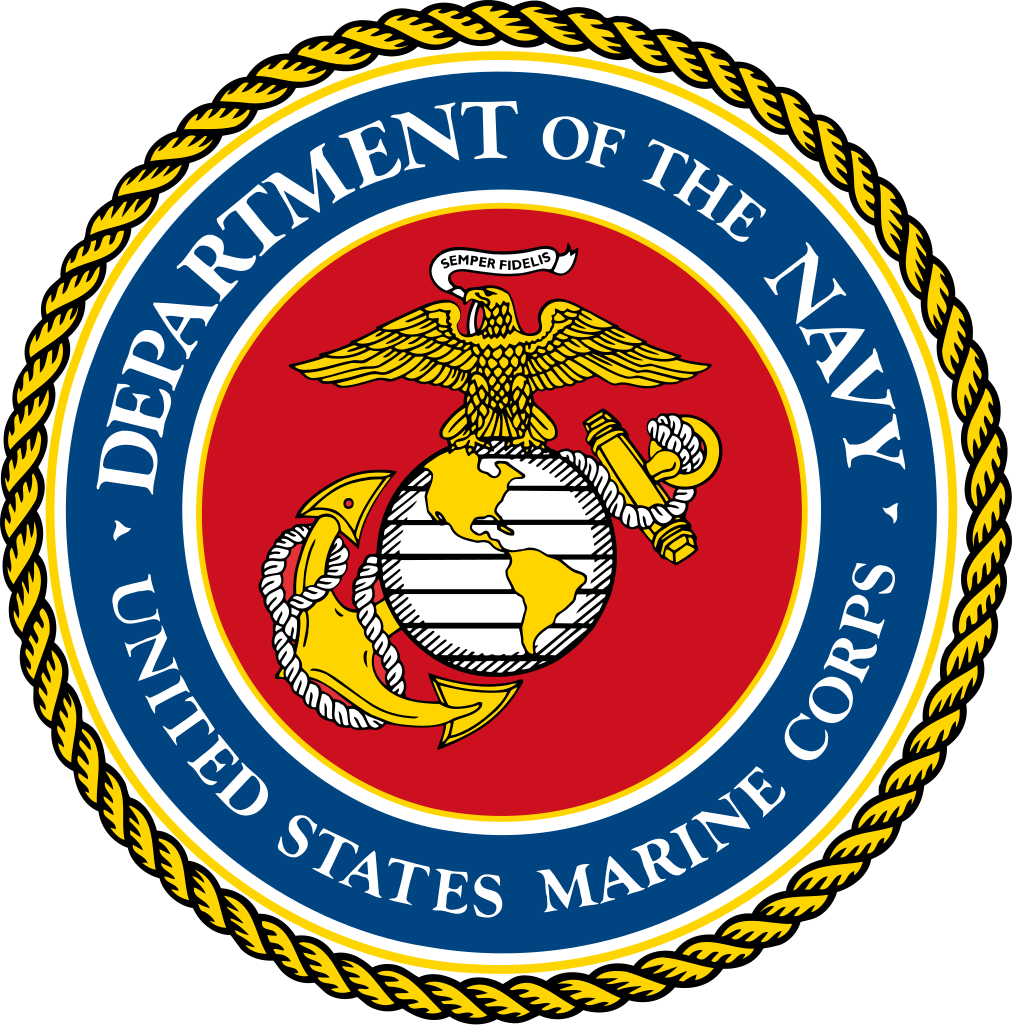
MARINE CORPS DEPLOYMENT | 
|
|
|
1st Marine Regiment
Colonel Stephen Rogers
Colonel Stephen Rogers
| Order of Battle | Personnel | Garrison |
| 1st Amphibious Battalion, 1st Marines | 1133 Personnel | Camp Lejeune, North Carolina |
Marine Aircraft Group 26
Colonel William Morgan
Colonel William Morgan
| Squadron | Aircraft | Number of Aircraft | Personnel | Garrison |
| Marine Medium Tiltrotor Squadron 301 | MV-22B Osprey | 10 | 20 Pilots | Marine Corps Air Station New River, NC |
| Marine Medium Tiltrotor Squadron 302 | MV-22B Osprey | 10 | 20 Pilots | Marine Corps Air Station New River, NC |
DETAILS
Marines - (All per soldier) Well rested and fed;
Apparel: x1 Enhanced Combat Helmet, x1 cold-weather combat uniform, x1 warm-weather combat uniform, x1 Full Spectrum Battle Equipment Amphibious Assault Vest, x1 part of Marine Combat boots; x1 The Individual First Aid Kit;
Weapons: x1 M4A1 5.56mm Carbine (x1 30-round magazine loaded; x7 additional 30-round magazines); x1 Beretta M9A1 (x1 15-round magazine loaded; x2 additional 15-round magazines); x1 OKC-3S bayonet.
Maine Pilots - x1 Combat uniform; x1 Flight Uniform; x1 Beretta M9 + 4 additional clips.
|
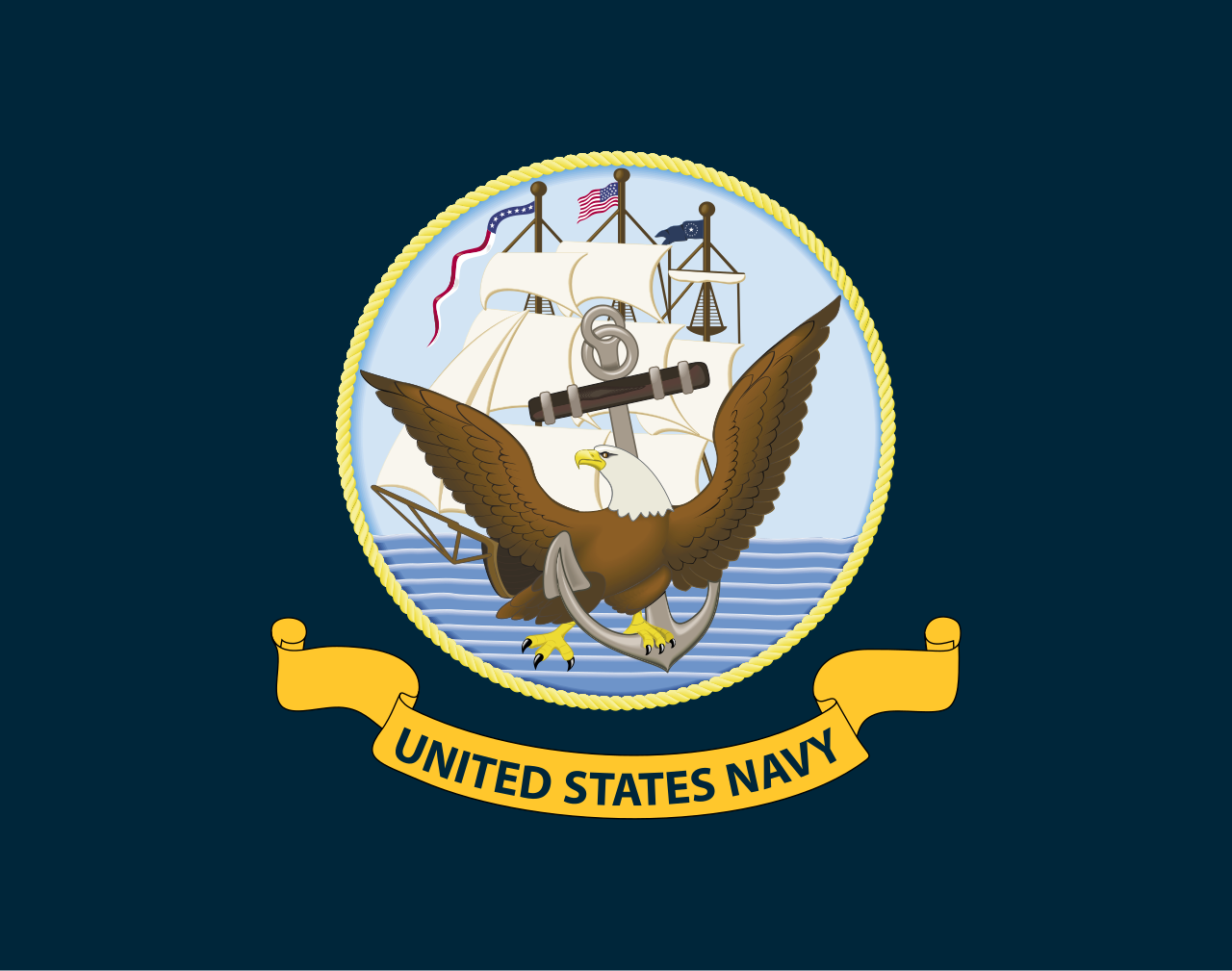
| 
DEPLOYMENT ORDERS | 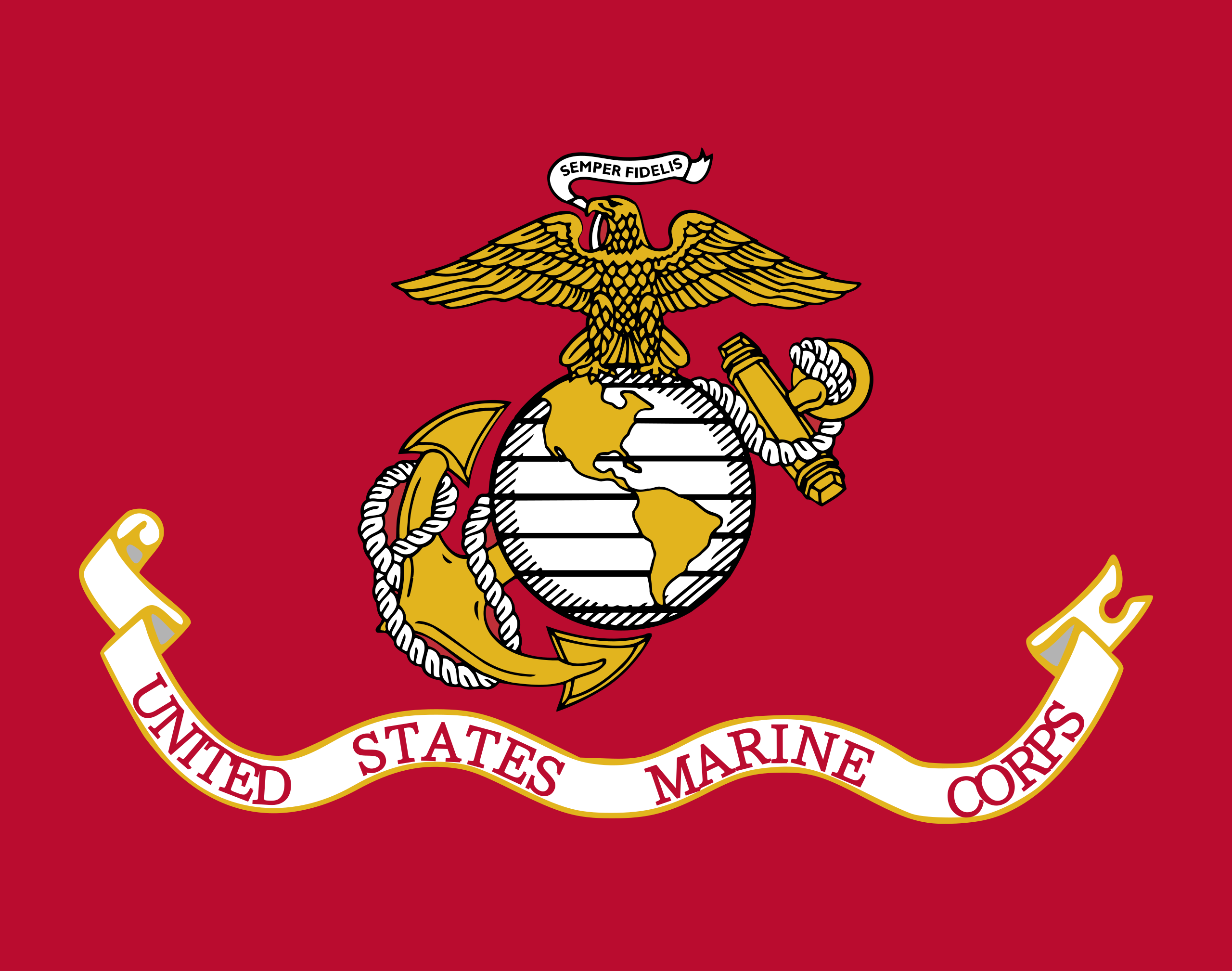
|
|
CONTEXT
Multiple explosions have occurred in Vatican City. These explosions were reported directly from the American Ambassador to the Holy See who is stationed at the new American Embassy in Vatican City. Further discussions have occurred between the Secretary of Defense and the Italian Minister of Defense. The Italian government has invited the United States to establish a no-fly zone over Italy and secure Italian waters. The President has ordered that multiple naval units deploy under the name of "Task Force 107." The mission of this task force is to secure Italian waters, secure Italian airspace, support American forces deployed in the Vatican City State and in the Kingdom of Italy, and to deter foreign intervention in Italy. The appropriate aircraft designated to the individual vessels would deploy to said vessels as deployments of the individual ships were prepared.
|
Last edited:



